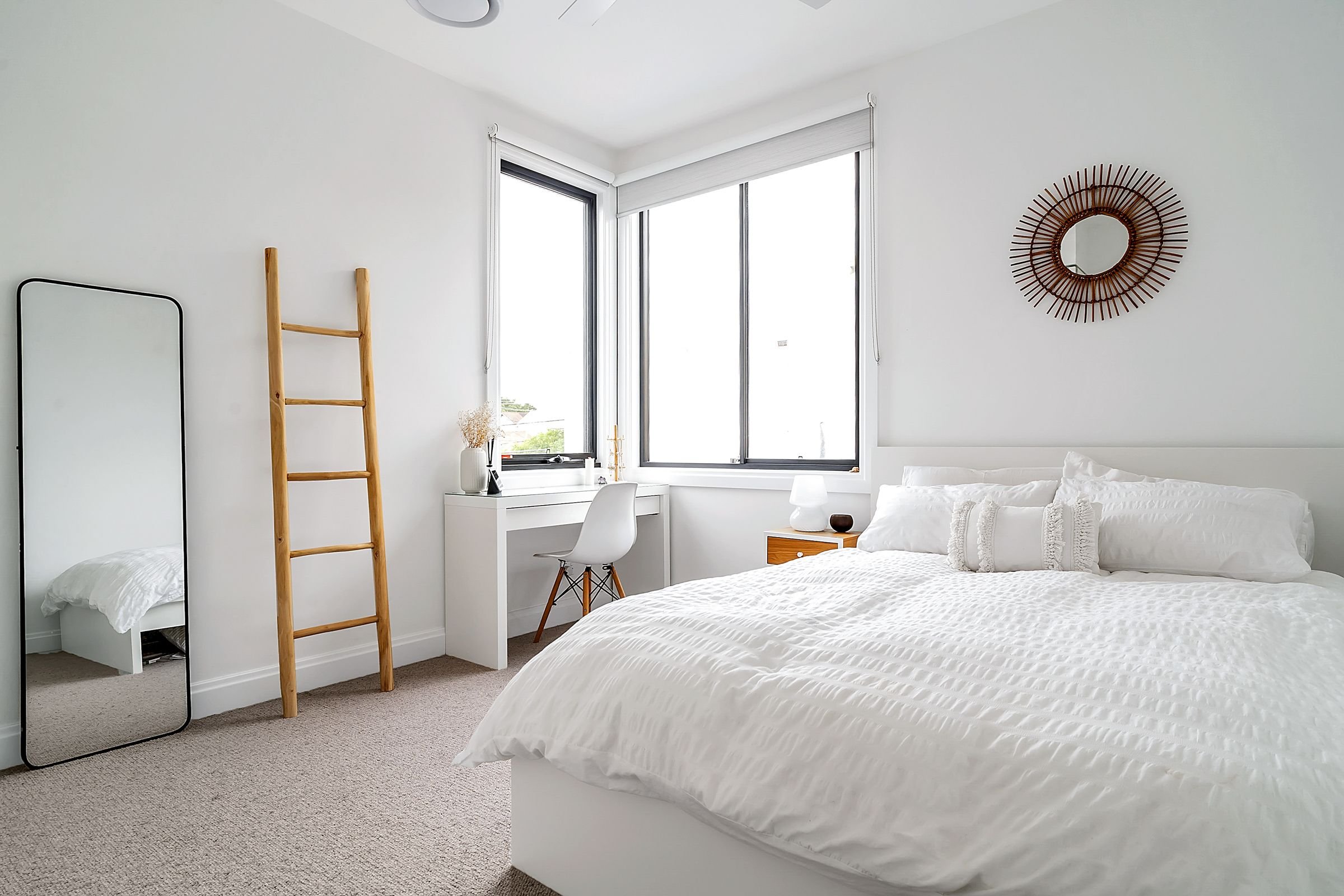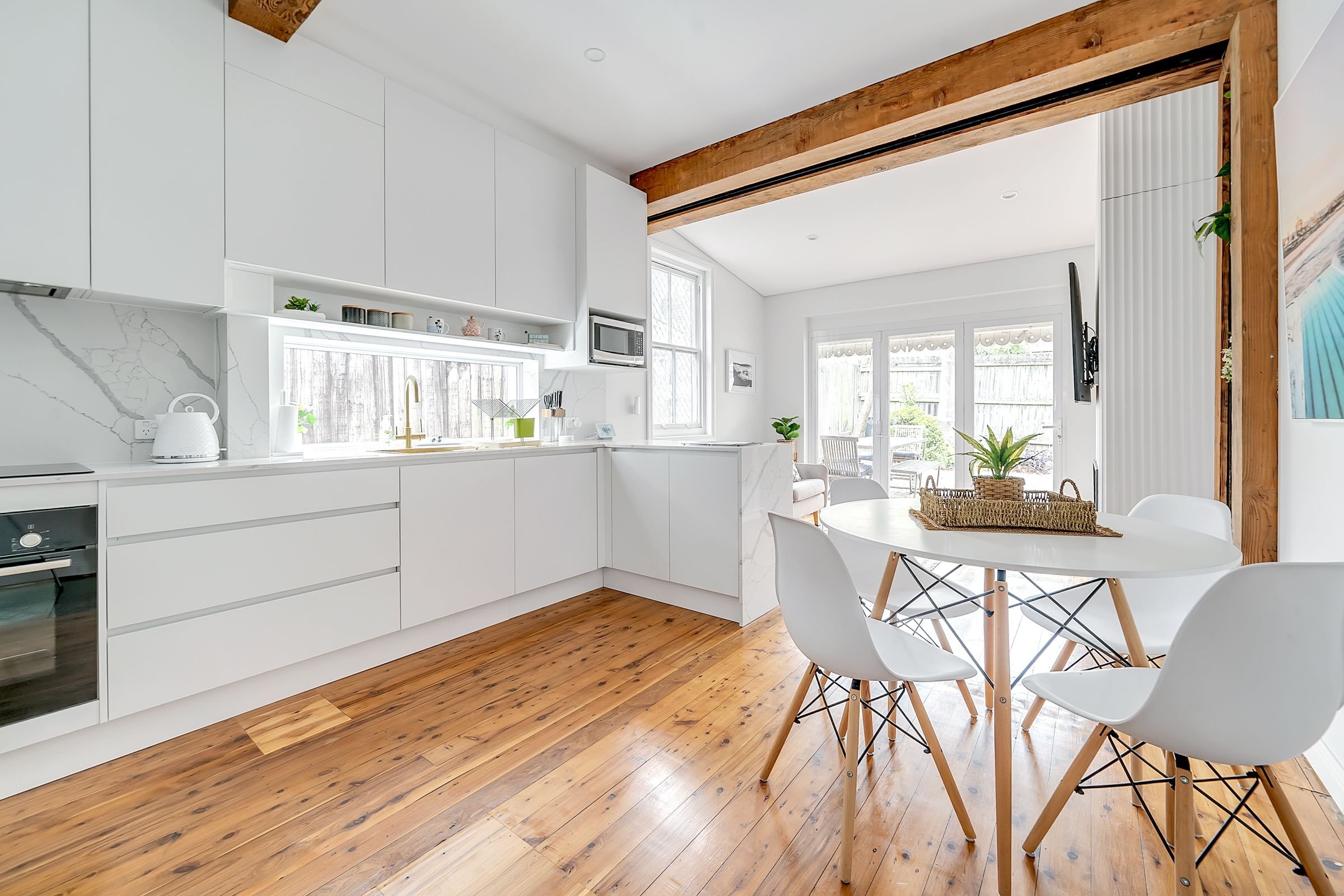
DESIGN BLOG
Thoughts
&
Musings
Floor to Ceiling Curtains and How It Makes Any Room Beautiful
Floor-to-ceiling white curtains are a beautiful and elegant addition to any interior design. They can add a touch of sophistication to any room, and they also offer a number of practical benefits.
Floor-to-ceiling white curtains are a beautiful and elegant addition to any interior design. They can add a touch of sophistication to any room, and they also offer a number of practical benefits.
One of the main benefits of floor-to-ceiling white curtains is that they can help to make a room feel larger and more spacious. White reflects light, so it can help to brighten up a room and make it feel more airy. Floor-to-ceiling curtains also draw the eye up, which can help to make the ceiling appear taller.
Another benefit of floor-to-ceiling white curtains is that they can provide a great deal of privacy. White curtains are not as transparent as other colors, so they can help to block out unwanted views. Floor-to-ceiling curtains can also help to reduce noise pollution.
In addition to their practical benefits, floor-to-ceiling white curtains can also be a beautiful and elegant addition to any interior design. White is a classic and timeless color that can be easily matched with other colors and décor. Floor-to-ceiling white curtains can also be used to create a variety of different looks, from minimalist and modern to traditional and elegant.
Here are some tips for using floor-to-ceiling white curtains in your interior design:
Choose the right fabric. Floor-to-ceiling curtains come in a variety of different fabrics, such as linen, cotton, and silk. Choose a fabric that is appropriate for the style of your room and the amount of light you want to block out.
Consider the length of your curtains. Floor-to-ceiling curtains should hang just above the floor. This will help to create a clean and streamlined look.
Use the right hardware. Floor-to-ceiling curtains require sturdy hardware. Choose curtain rods and brackets that are designed to support the weight of your curtains.
Add pops of color. White curtains are a great way to create a neutral base for your room. You can add pops of color with accessories, furniture, or artwork.
Floor-to-ceiling white curtains are a beautiful and versatile addition to any interior design. If you are looking for a way to add a touch of elegance and sophistication to your home, consider installing floor-to-ceiling white curtains.
Tips for Achieving a White Motif Interior Design
These white motif examples show how versatile a white motif can be, from modern and minimalist to relaxed and beachy. With the right design elements and styling, a white motif can be used to create any look or feel you desire.
Now that we’ve covered the reasons why a white motif is popular, the benefits of using this design scheme, and key elements of white motif design, it’s time to take a closer look at some examples of white motif interior designs in Australia.
1. Modern Australian Loft: This spacious loft features a predominantly white colour palette, with black accents and warm wood tones to balance the look. The minimalist design uses clean lines and uncluttered spaces to create a sense of openness.
2. Coastal Living Room: A beachy living room design uses white as a primary colour, with blue accents throughout the space. Light and airy fabrics such as linen and cotton are used for upholstery, curtains, and cushions, adding a relaxed and casual feel to the room.
3. Scandinavian-Inspired Kitchen: This kitchen design combines natural wood finishes with white cabinetry, white marble countertops, and white tiles. The space features clean lines and sleek modern appliances, creating a minimalist and functional space that's perfect for cooking and entertaining.
4. White-on-White Bathroom: A white-on-white bathroom is a classic design choice that never goes out of style. The space features white subway tiles, white painted cabinetry, and white fixtures, giving the room a crisp and clean feel.
5. Elegant Bedroom: An elegant bedroom design features a muted colour palette, with white as the primary colour. Textured bedding and curtains in soft fabrics, like silk or velvet, add depth to the space and keep the room feeling cosy.
These examples show how versatile a white motif can be, from modern and minimalist to relaxed and beachy. With the right design elements and styling, a white motif can be used to create any look or feel you desire.
1. Start with a Neutral Base: To achieve a white motif interior design, it's important to start with a neutral base. Choose neutral colors for walls, ceilings, and floors to create a blank canvas for the white accents.
2. Add Texture and Dimension: While white can be a calming color, it can also appear flat if not incorporated correctly. Add texture and dimension with varying materials, such as faux fur, woven baskets, and rough wood accents.
3. Balance with Other Colors: Although a white motif is all about the color white, it's important to balance it with other colors. Add pops of color with pillows, art, or decor to add contrast and interest to the space.
4. Choose the Right Lighting: Lighting is essential for a white motif interior design. Make sure to incorporate plenty of natural light to make the space feel bright and airy. Supplement with warm-toned light fixtures to create a cozy atmosphere in the evening.
5. Incorporate Plants and Greenery: Adding plants and greenery is an easy way to bring life and color into a white motif design. Choose plants with large leaves, such as fiddle leaf figs, to add a tropical vibe.
By following these tips, you can achieve a stunning white motif interior design in your Australian home. Remember to start with a neutral base, add texture and dimension, balance with other colors, choose the right lighting, and incorporate plants and greenery. Happy decorating!
Benefits and Key Elements of a White Motif in Interior Design
White motif interior designs have gained popularity among real estate agents, homeowners, and interior designers in Australia for several reasons. In this section, we will discuss some of the benefits of incorporating a white motif in interior design.
White motif interior designs have gained popularity among real estate agents, homeowners, and interior designers in Australia for several reasons. In this section, we will discuss some of the benefits of incorporating a white motif in interior design.
Firstly, a white motif interior design gives the illusion of more space and light in a room. The color white reflects natural light, making the room appear brighter and more spacious. This effect is particularly beneficial for small apartments or rooms with limited windows as it can make the area feel more open and welcoming.
Another advantage of a white motif design is that it creates a clean and modern look. The use of white, particularly when combined with sleek and minimalist designs, gives an impression of elegance and sophistication. This design approach is perfect for those who prefer a minimalistic, clutter-free space that exudes calmness and tranquility.
Additionally, a white motif design can complement any color scheme, making it versatile and adaptable. Whether you prefer bold or neutral colors, a white motif interior design provides a canvas that allows other colors to stand out while maintaining a harmonious balance.
Lastly, a white motif interior design is timeless. It is a classic design choice that will never go out of style, which is perfect for those who value longevity and durability. It is also an excellent investment for homeowners or real estate agents looking to sell a property as it can appeal to a broader range of potential buyers.
If you're planning to incorporate a white motif in your interior design, there are key elements you need to keep in mind to ensure that your space looks stylish and cohesive.
1. Texture: Since white is a neutral color, adding texture to your space is essential to make it look interesting. This can be achieved by incorporating materials such as wood, metal, leather, or textiles.
2. Lighting: Proper lighting is crucial in any interior design, and in a white motif design, it becomes even more important. Consider adding various types of lighting, such as task, ambient, or accent lighting, to create a layered effect and add depth to the space.
3. Accent Colors: While a white motif is primarily white, it's important to add a pop of color to break up the monotony. This can be achieved through accessories such as throw pillows, rugs, or artwork.
4. Minimalism: The white motif is often associated with minimalism, which means that you should aim for a clutter-free space with only the essential items on display. This helps create a sense of calm and serenity.
5. Symmetry: To create a cohesive and balanced space, consider incorporating symmetry in your white motif design. This can be achieved through matching furniture, mirrors, or artwork.
Incorporating these key elements into your white motif interior design will create a stylish, cohesive, and calming space that you'll love to come home to.
Overall, incorporating a white motif in interior design has numerous benefits, including creating a spacious and bright environment, giving a clean and modern look, complementing any color scheme, and being a timeless and versatile choice.













